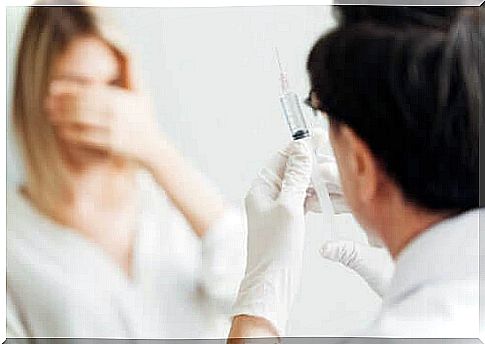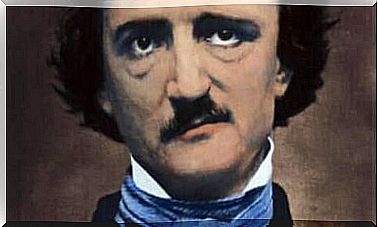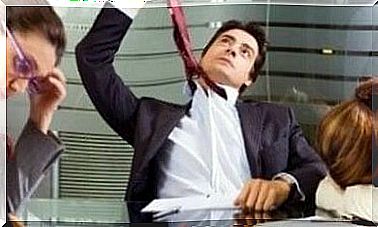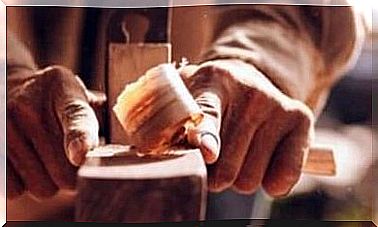Phobia Of Blood And Syringes

When a slight fear or aversion to a situation becomes disabling, we are faced with a specific phobia. The phobia of blood and syringes heavily interferes in the daily life of those who suffer from it. There are many limits: avoiding necessary medical tests, abandoning certain studies or not being able to attend or visit injured people.
The phobia of blood and syringes occurs in childhood around the age of 7-9, and appears to have a genetic component. Therefore, there is a high probability of transmission to first degree relatives. It also presents a characteristic pattern of physiological response that differentiates it from the rest of specific phobias: the biphasic response.

What is a specific phobia?
Specific phobias are characterized by excessive and irrational fear of certain objects or situations. The subject tends to avoid contact with them or to bear it at the cost of considerable discomfort. Likewise, anticipatory anxiety manifests itself at the mere idea of making contact with the feared situation.
In the case of the phobia of blood and syringes, one experiences a great state of anxiety in front of the vision of wounds, blood and injections. This causes the phobic individual to avoid all contact with these elements, keeping away from hospitals, clinics and even films with violent contents.
When avoidance is not possible, anxiety is triggered. The manifestations are the most disparate: nausea, dizziness, sweat and paleness. Sometimes it even leads to fainting. All this occurs suddenly and lasts about 20 seconds, after which the subject recovers by himself. But why does this happen?
Biphasic response
The main component of this phobia is the biphasic response that occurs during exposure to the feared stimulus. It consists of a physiological reaction divided into two parts: firstly, there is an increase in the activation of the sympathetic nervous system. For this reason, blood pressure, respiratory rate and heart rate increase.
Immediately after, there is a sharp drop in these parameters, which leads to dizziness and then fainting. That is, what is defined as vasovagal syncope. The incidence of fainting events among people suffering from this phobia is about 50% -80%, therefore it is quite significant.
What are the causes of blood and syringe phobia?
- Sensitivity to disgust : it has been hypothesized that among the people affected by this phobia there is a greater predisposition to the emotion of disgust. Thus, upon seeing the feared stimulus, disgust is activated, causing nausea and other symptoms that could lead to fainting.
- Hyperventilation : in the presence of the phobic stimulus, hyperventilation occurs naturally, as it helps to calm the discomfort. However, it produces a deficit of carbon dioxide in the blood leading to a partial or total loss of consciousness.
- Attention disturbance : it seems that those affected by this phobia have an attentional bias that makes them faster and more efficient in identifying the stimuli related to the phobia itself. Furthermore, they tend to interpret them as more threatening than they are in reality and to initiate avoidance behaviors.

Treatment of blood and syringe phobia
The two main interventions for treating this phobia are applied tension and exposure. The first of these aims to prevent fainting and consists of tensioning a muscle group to increase the pulse and prevent syncope. It is an effective and simple treatment, which increases the individual’s feeling of control over the phobia.
On the other hand, exposure consists of gradually coming into contact with the feared stimulus, without allowing the avoidance response. The subject is exposed to images and procedures related to blood, wounds, or injections, and must remain in that situation until anxiety subsides. Thus, when he stops avoiding it, he discovers that the phobic stimulus is actually harmless and that the anxiety disappears.
This disorder heavily affects the life of those who suffer from it. It prevents the viewing of certain films, the exercise of certain professions (medicine and nursing) or from providing assistance to the injured. Above all, it makes it impossible for the person to carry out the medical tests they may need. Psychological therapy can help overcome this phobia and the limitations that come with it.








